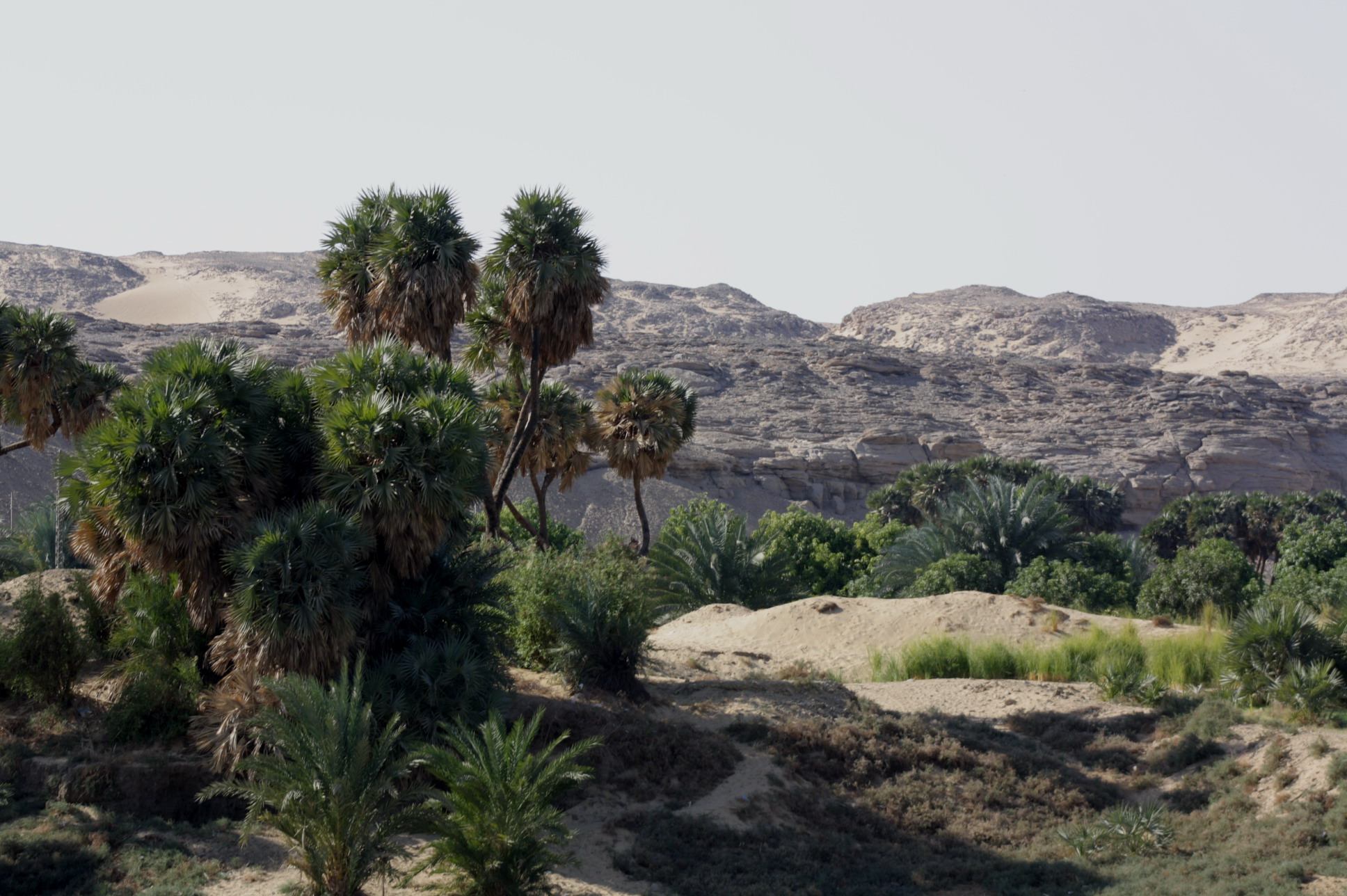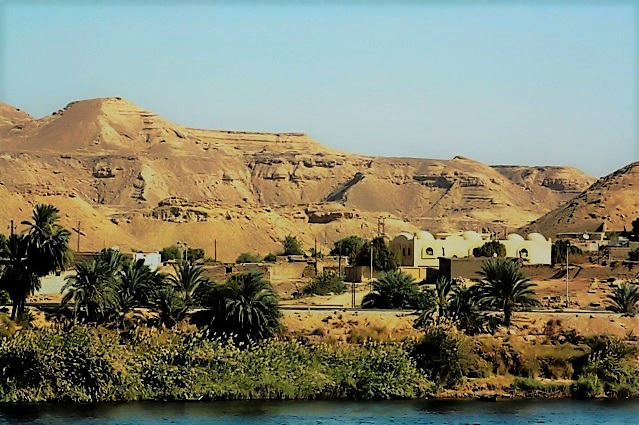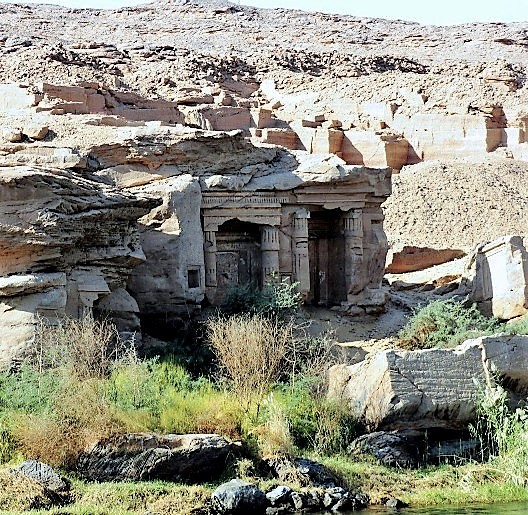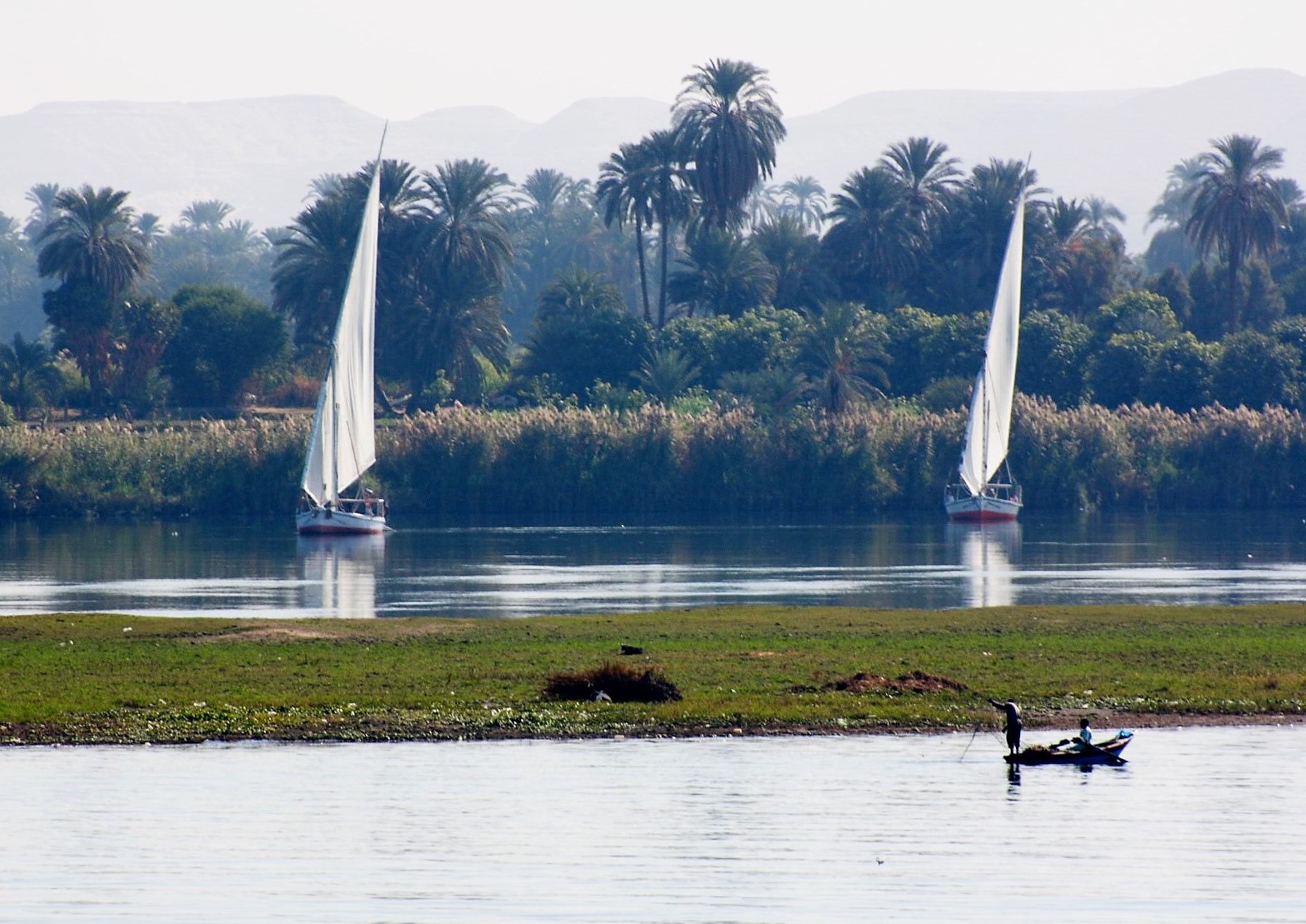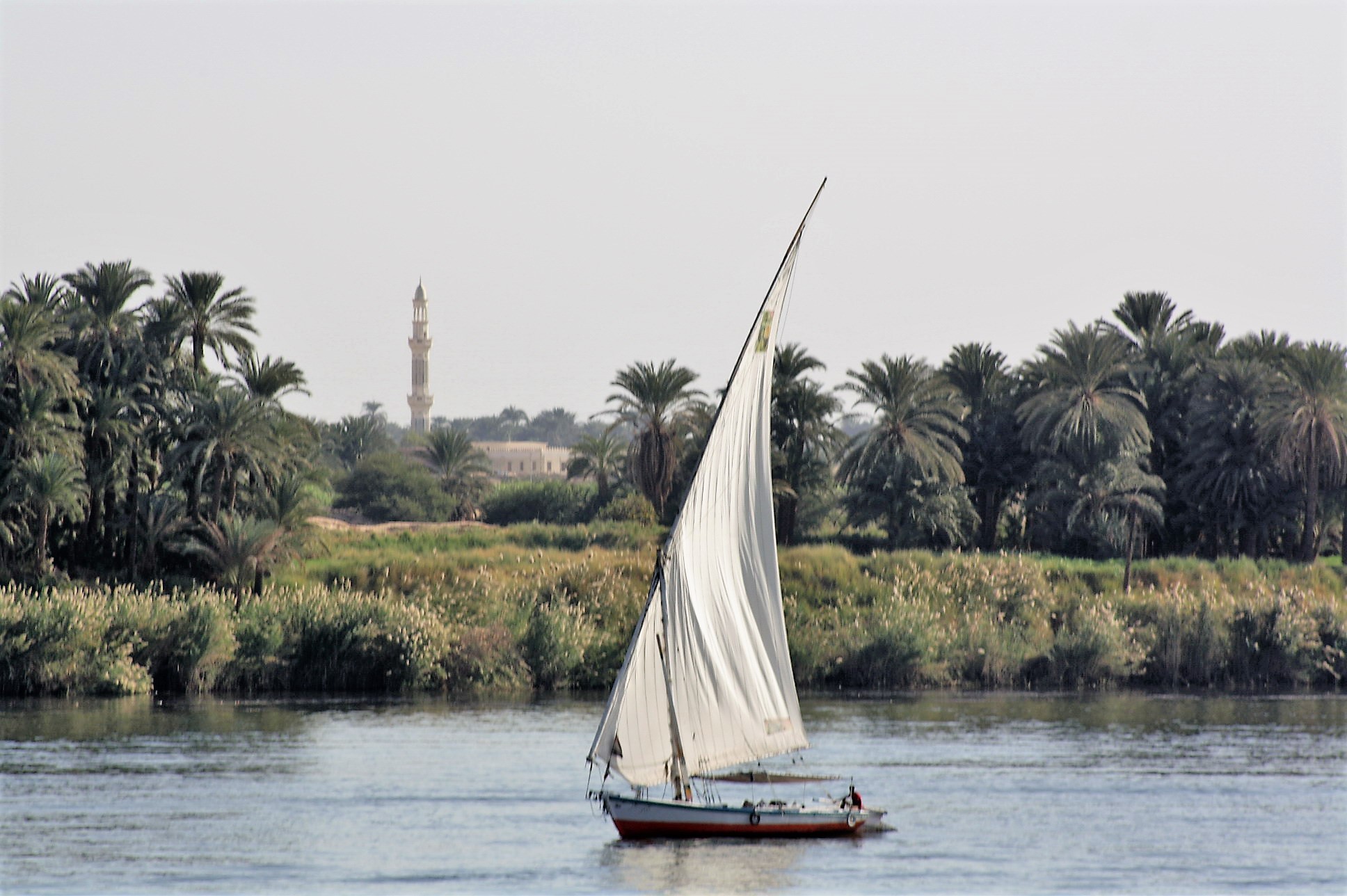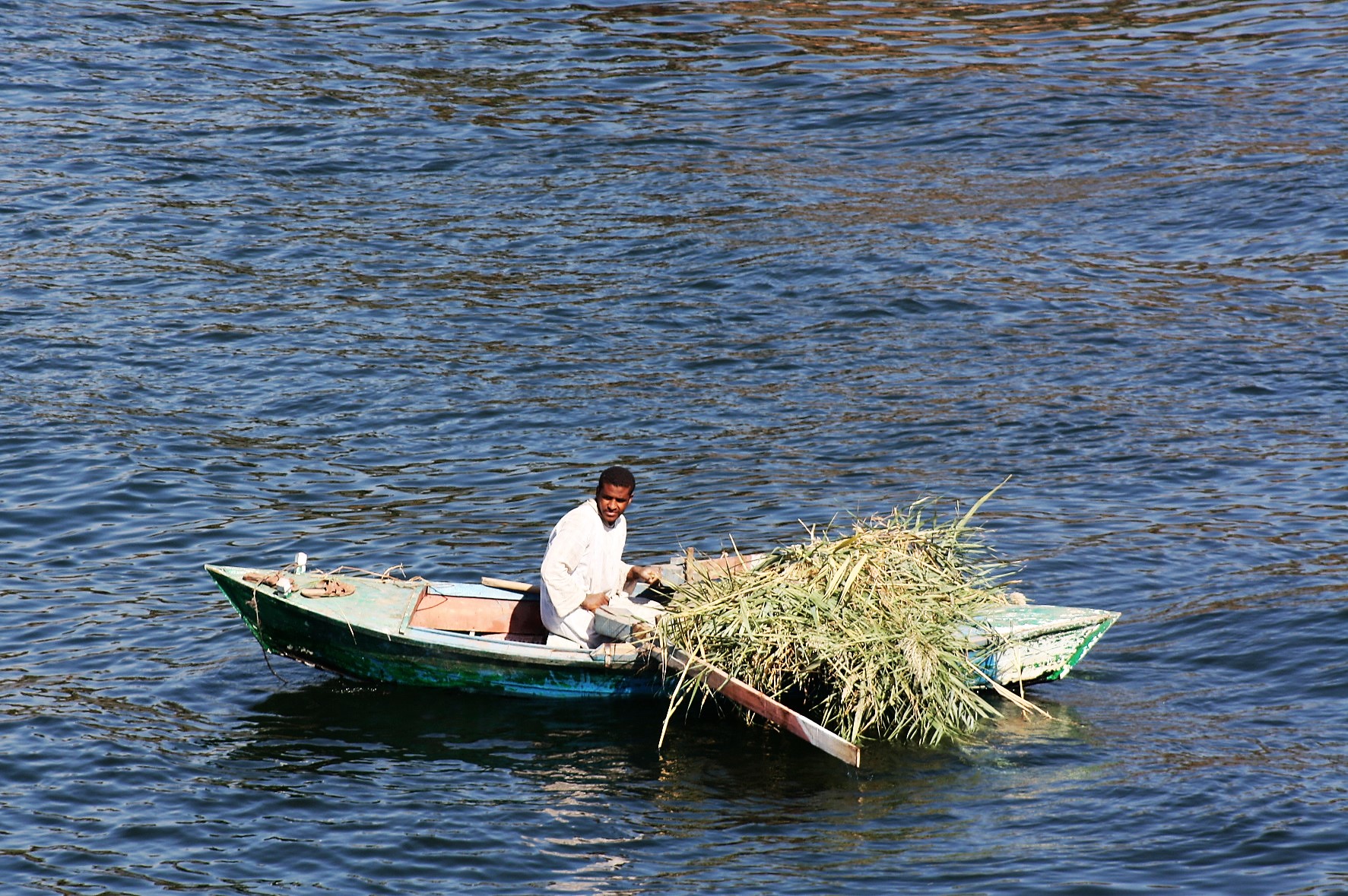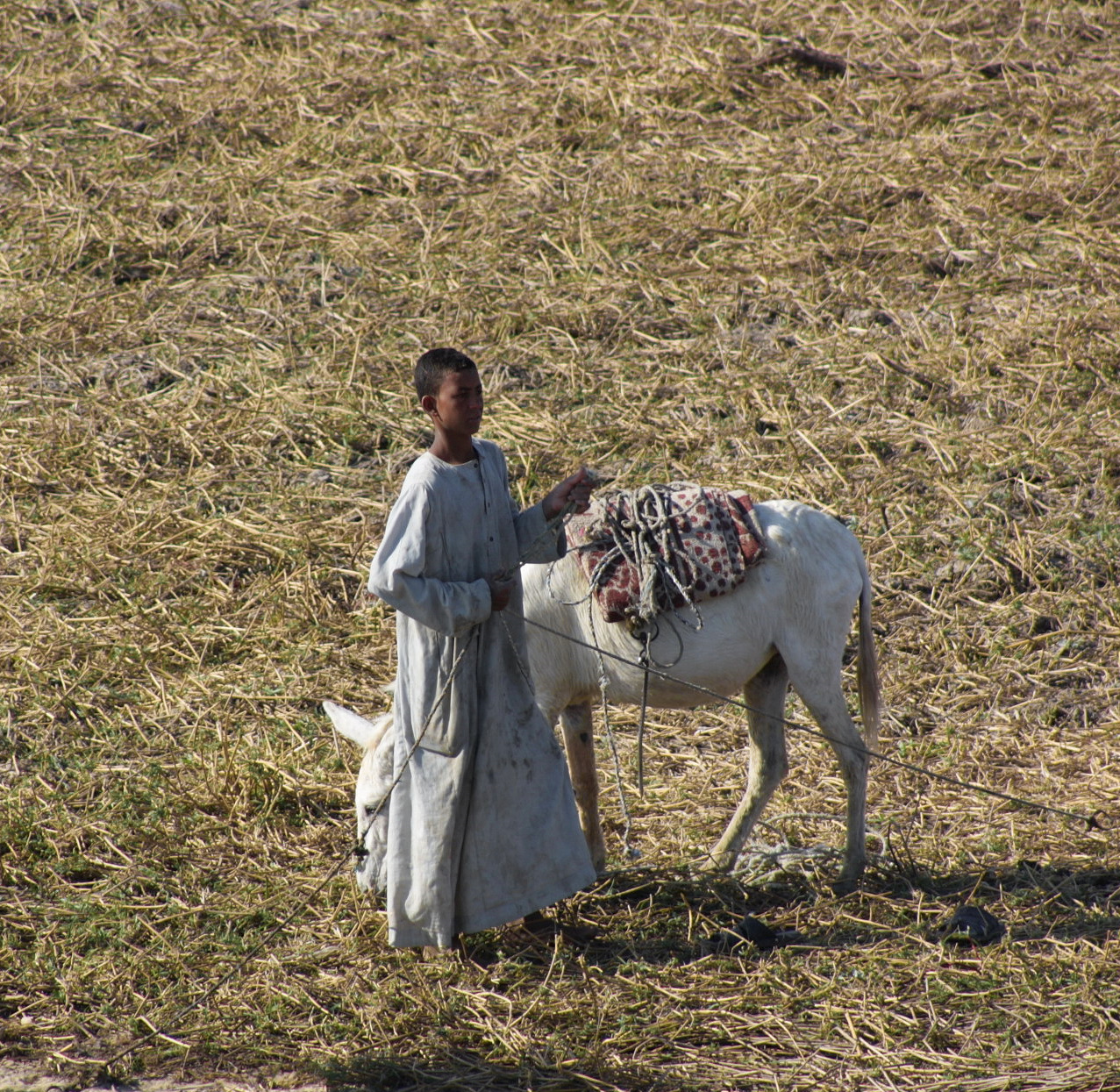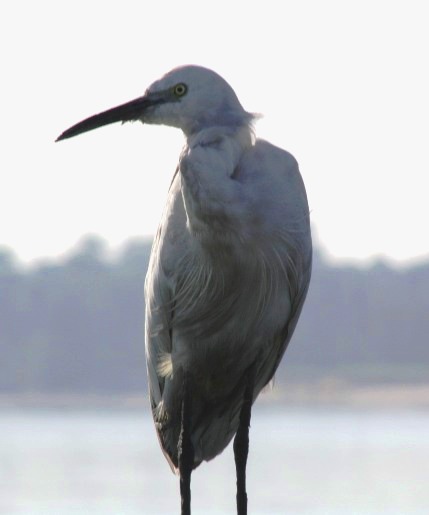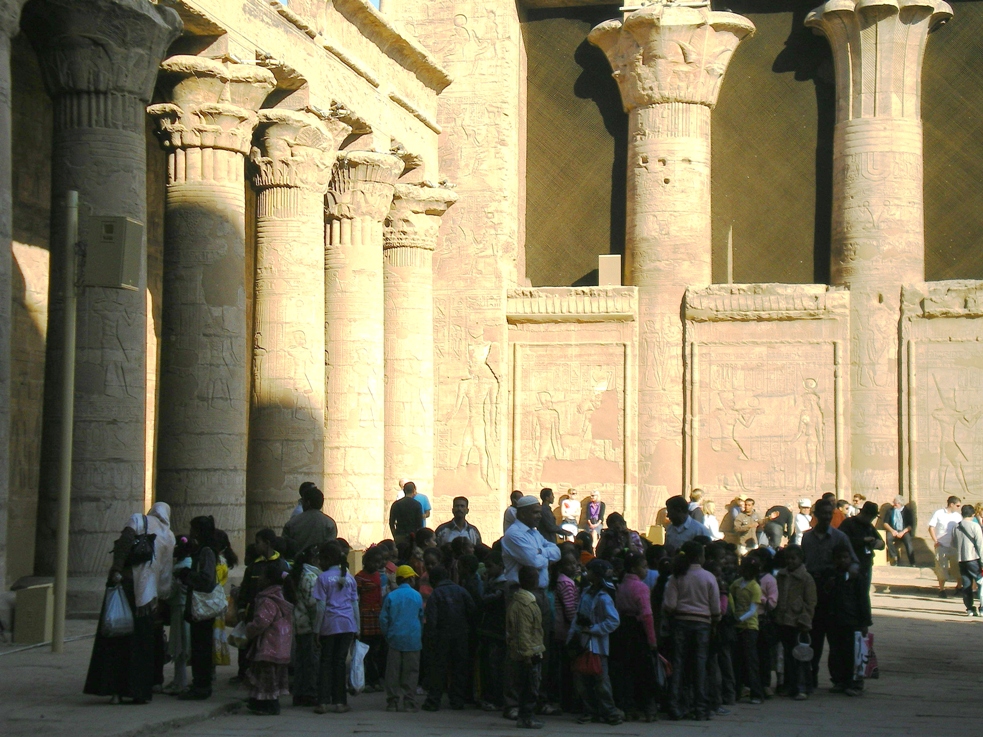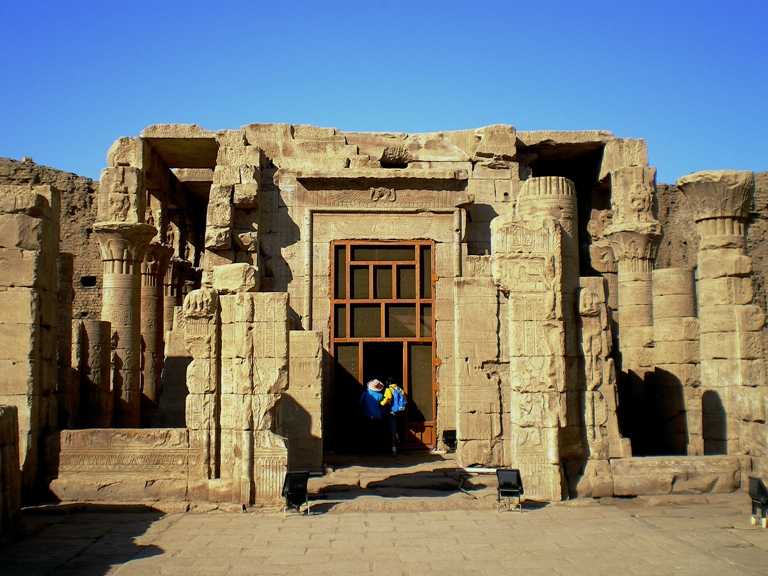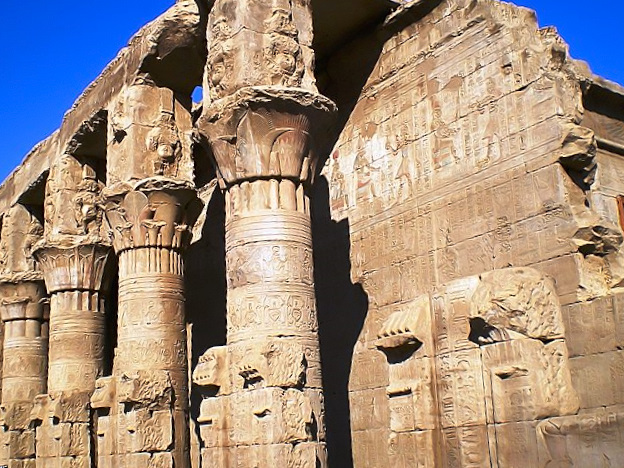The Nile. Luxor to Aswan
Green where the water reached along the river fringes with a backdrop of sun-blasted desert. The height of the river banks varied, receding back a few kilometres in some places and reaching right to the edge in others. Seemingly sparsely populated for the most part with occassional small towns gliding into view. A railway line runs along most of the river length - but a boat trip would be far more relaxed and scenic.
A river boat is the ideal way to travel. While the Nile may be the world's longest river, and discharges something like 3 million litres per second it flows by at a placid looking pace. Hundreds of boats used to traverse its length, most being idle now due to the plunge in tourist numbers. But, the river banks glide by offering a slow-paced way to observe and photograph the country from the top decks. While Egypt is the most populous of middle eastern countries and 3rd on the African over-crowded index where almost all 85 million Egyptians live along its banks, most of it still looks agricultural. Luxor to Aswan is a 2 day journey by boat, overnighting at Edfu and a visit to its Temple Of Horus a couple of blocks back from the river. Awoken at Edfu after the night on board by loud yelling and excitement that sounded like a riot directly outside our water-level window. It turned out to be a swarm of local vendors on small boats throwing their wares to tourists on the top decks amongst a cacophony of shouted price negotiations. What a racket!
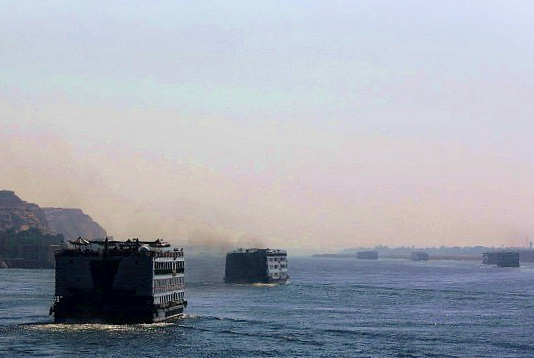
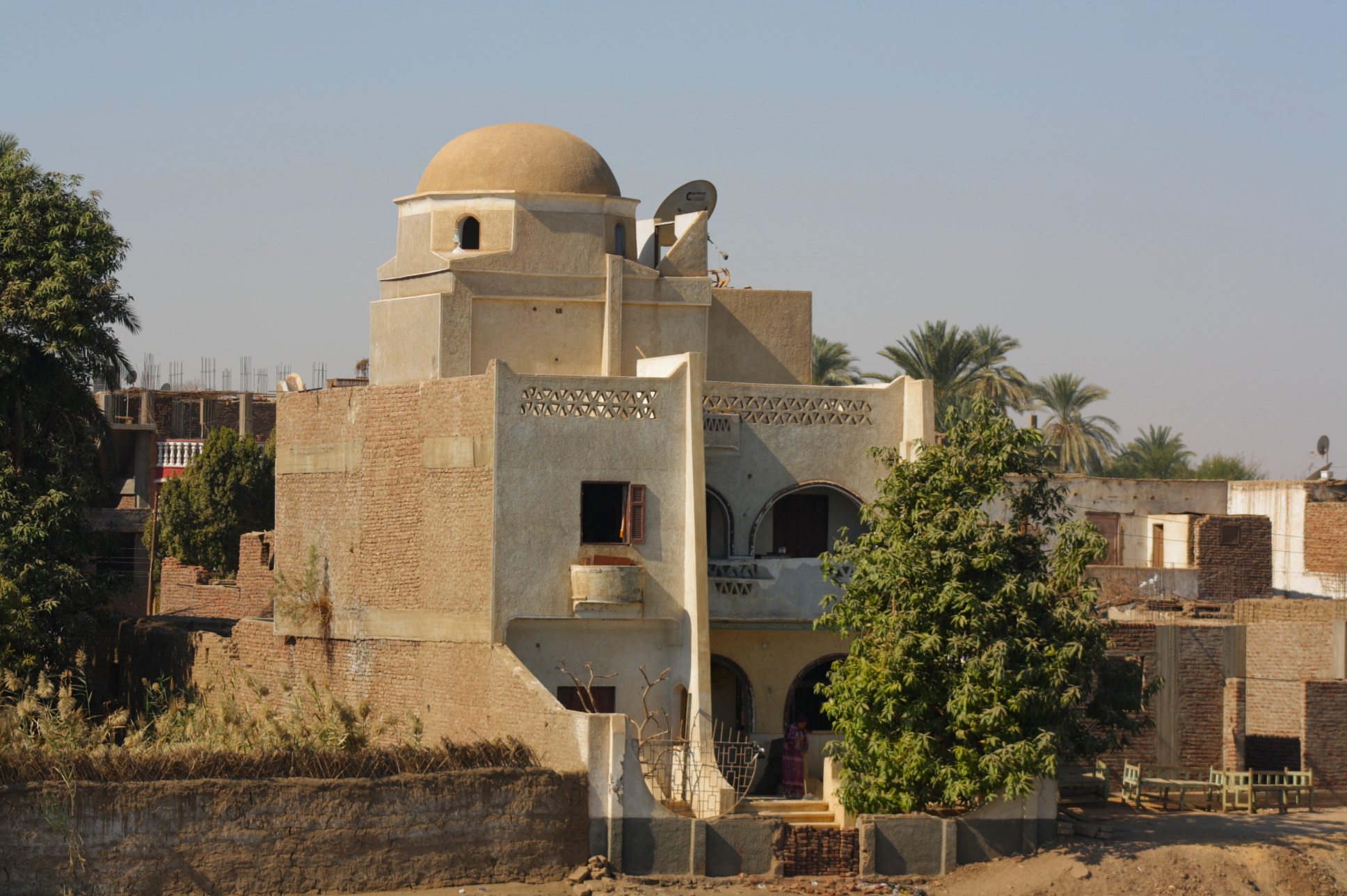
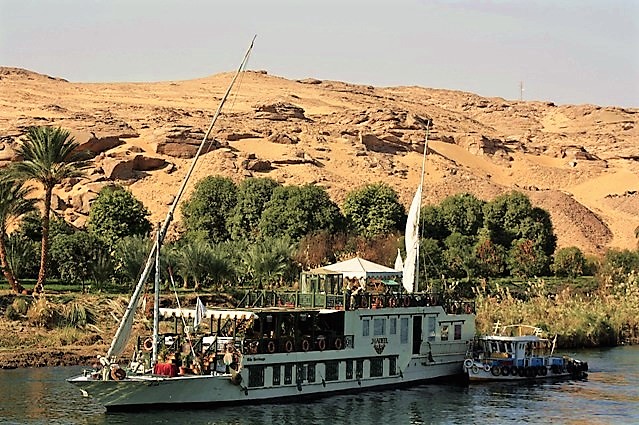
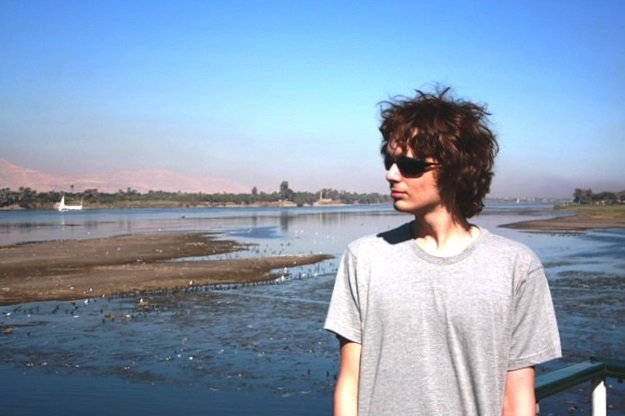
Edfu
Temple of Horus, the falcon-god. Building started in 237 BC and was finished 200 years later by Ptolemy XIII, father of Cleopatra. Edfu temple is one of the best preserved temples in Egypt. When the first clearance of Edfu Temple in 1860 was started the temple had become a village filled with stables and storehouses, the roof of the sanctuary area was covered in mud-brick houses and the inner chambers were filled with rubbish almost to the ceiling.
Edfu is reached by boat after traversing the Esna Locks about 40 kms downstream, at about the halway point. Even with a greatly reduced volume of river traffic the locks are kept busy with lots of shouting, shunting and waiting.
